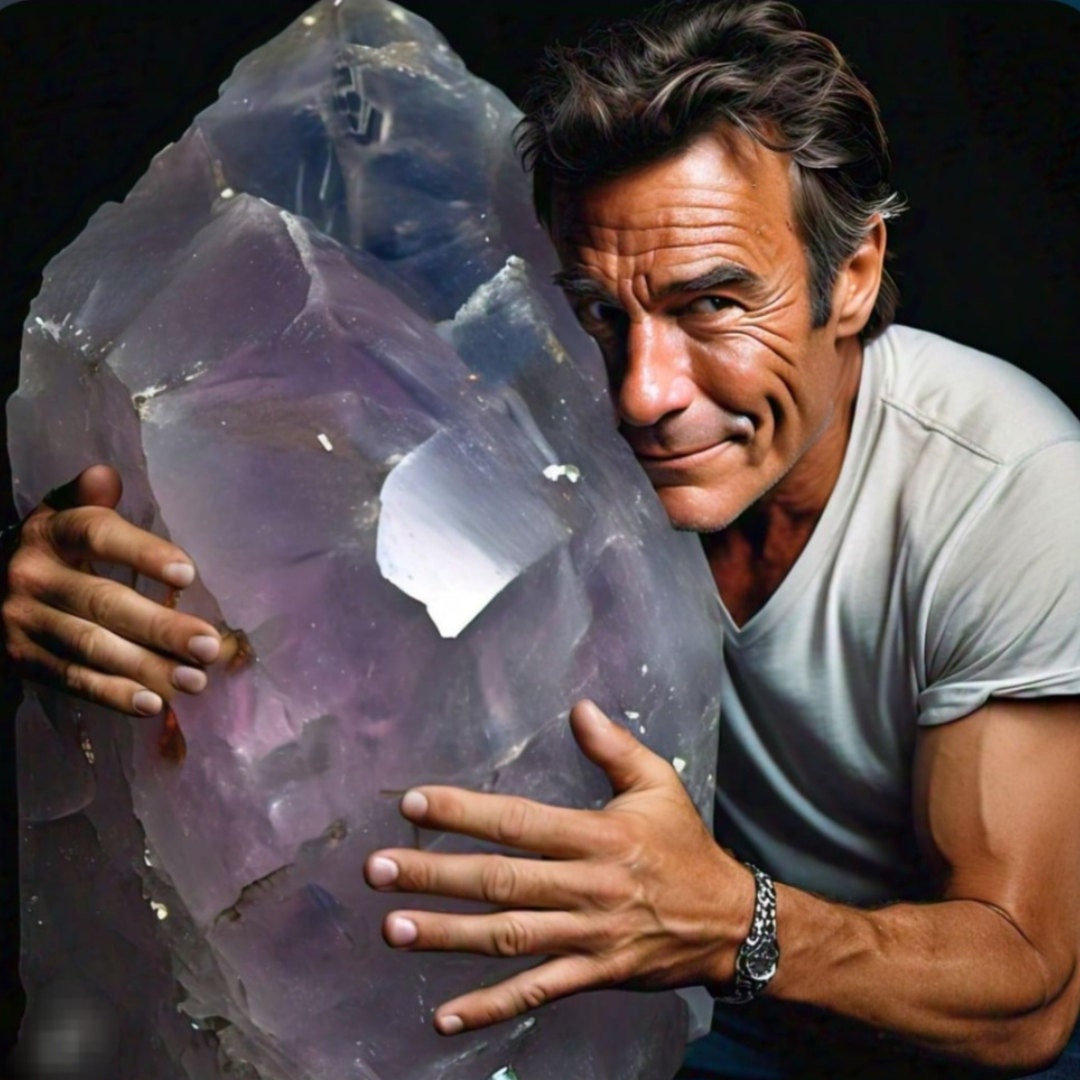
The world of mineral and crystal selling is one filled with stunning natural wonders, captivating collectors and enthusiasts alike. Sellers often promote their collections with bold claims of exclusivity, suggesting that their shop is the only place to find certain rare minerals or crystals. While these assertions can attract attention and enhance a shop’s allure, it’s important to approach such statements with a critical eye. In reality, most minerals and crystals—while they may be rare or unique in certain forms—are not exclusively available from a single seller.
The Nature of Mineral Rarity and Distribution
Minerals and crystals are formed by natural processes that occur across the globe. This means that even the rarest minerals tend to appear in multiple locations, though their quality, size, or purity may differ. Sellers often highlight their access to specific mines or regions, but these sources are not typically the only ones capable of producing a particular mineral. For instance, minerals like amethyst, quartz, or tourmaline can be found in various parts of the world, including Brazil, Madagascar, and the United States. While certain mines may yield distinctive or higher-quality specimens, the idea that a seller holds exclusive rights to a mineral can often be more of a marketing tool than a factual statement. In fact, many mineral dealers around the world source their inventory from the same mines, international distributors, and gem shows. This interconnected supply chain allows multiple sellers to offer similar, if not identical, minerals.
The Marketing Power of Exclusivity
Exclusivity claims, such as being the “only” shop to offer a particular mineral or crystal, are powerful marketing strategies that appeal to buyers' desire for uniqueness. In a market where many customers are drawn to the rare and unusual, these claims can create a sense of urgency or a fear of missing out. However, experienced buyers often know that the crystal market is more fluid than these claims suggest. Many rare minerals are traded on a global scale at events like the Tucson Gem and Mineral Show, where sellers from around the world gather to buy and sell their wares. It’s common for different shops to obtain their stock from the same sources. While one seller may have exclusive access to a particular mine or distributor for a limited time, the mineral itself is likely to appear in other shops as well.
Transparency and Trust in the Crystal Market
For mineral and crystal sellers, building a reputation for transparency and trust can be more valuable in the long term than relying on exclusivity claims. Customers are becoming increasingly knowledgeable about where and how their minerals are sourced, particularly in relation to ethical mining practices and fair trade. Offering detailed information about the origins of your minerals and ensuring that your claims are rooted in fact helps build credibility with an informed customer base. Rather than focusing on being the only seller of a certain mineral, highlighting the quality, sourcing process, or the story behind a specific piece can create a more meaningful connection with customers. Many buyers are drawn to the energy or history of a crystal, and being transparent about how it came into your shop is often more compelling than an overstated claim of exclusivity.
Discerning Between Rare and Exclusive
It’s important for buyers to understand the difference between rare minerals and exclusive availability. Some minerals are undoubtedly rare—like tanzanite, which is only found in a single location in Tanzania. However, even with truly rare minerals, multiple sellers often have access to them, meaning that while the mineral itself is rare, it is not exclusively available from one source. The notion of exclusivity in the crystal market can create artificial scarcity, which drives up prices. Buyers looking for specific minerals should research the market, compare prices, and be cautious of sellers who make absolute claims. It's always helpful to ask for provenance information and seek out sellers who provide transparent sourcing details.
A Balanced Approach to Buying and Selling Minerals
While the allure of exclusive minerals is hard to resist, the reality is that the global nature of the mineral trade makes true exclusivity rare. Sellers should focus on the unique qualities of their offerings and provide detailed, accurate information about sourcing. For buyers, it’s essential to approach exclusivity claims with a discerning eye, appreciating the beauty of the mineral while keeping in mind that the market is far broader and more interconnected than it may initially seem.
Next Blog: Navigating the Complexities of Authenticity in the Mineral and Crystal Market
All information presented in this blog post is the intellectual property of the author. No part of this content may be reproduced, distributed, or transmitted in any form or by any means without the express permission of the author. Unauthorized use of the content is strictly prohibited and may result in legal action. Please contact the author for permission to use any material from this blog post.
#mineralsellingexclusivity#mineralselling#crystalselling

